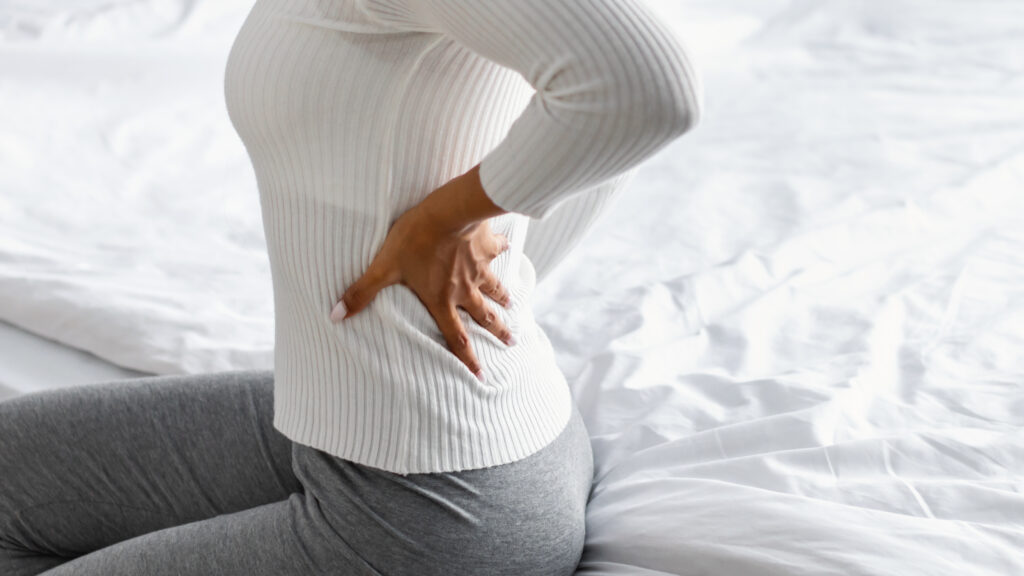Scoliosis is a condition characterized by an abnormal curvature of the spine, and its signs can manifest in various ways. Dr. Andrew Strauss will delve into the signs of scoliosis, exploring how it appears and what to look for during a physical examination.
Understanding Scoliosis: A Brief Overview
Before we explore the signs of scoliosis, it’s essential to understand the nature of the condition. Scoliosis involves an abnormal sideways curvature of the spine, often in an “S” or “C” shape. While symptoms and pain levels are crucial aspects of scoliosis, there are additional signs that can aid in its identification.
Stiffness and Limited Range of Motion
One of the lesser-known signs of scoliosis is stiffness, which is associated with the loss of a range of motion. Individuals with scoliosis may experience difficulty bending in the direction opposite to the curve. For instance, if the spine has a curve to the right, bending to the right becomes more challenging. However, moving with the curve allows for more ease of motion. This stiffness becomes a valuable clue during physical examinations.
Physical Signs of Scoliosis
When observing someone with scoliosis, several physical indicators become apparent. These signs provide valuable insights into the presence and severity of the condition.
- Elevated Shoulder and Drooped Rib Cage: One of the prominent signs of scoliosis is an elevated shoulder. As the spine tilts, the rib cage must follow suit, causing one side of the body to drop down. This leads to an uneven shoulder alignment, creating a noticeable asymmetry.
- Hip Extension: The twisting of the spine in scoliosis can result in one hip extending outward. This is a consequence of the spine’s abnormal curvature, which pushes one hip out of alignment. Identifying hip extension is crucial in recognizing scoliosis during a physical examination.
- Shoulder Blade Protrusion: During forward bends, the shoulder blade may stick out prominently. This is particularly evident when the rib cage rotates back on the right side in a typical scoliosis case. The protrusion of the shoulder blade adds to the visual cues that aid in diagnosing scoliosis.
How to Identify Scoliosis: A Closer Look at Physical Evaluation
Now that we’ve discussed the signs of scoliosis, let’s delve into how to specifically evaluate an individual, especially children, for the condition. Early detection is key in managing scoliosis effectively.
- Child Evaluation: Parents play a crucial role in identifying scoliosis in their children. Understanding what to look for is paramount, as early intervention can significantly impact the course of the condition. Assessing the child’s waist, hip, shoulders, and shoulder blades provides a comprehensive picture of potential scoliotic signs.
- Educating Parents: Many parents with scoliosis worry about the possibility of their child developing the same condition. Educating parents on what to observe and how to evaluate their child’s physical alignment empowers them to take proactive measures. This knowledge is particularly beneficial when a parent has a mild case of scoliosis, and they want to ensure early intervention for their child.
- Importance of Early Intervention: Detecting scoliosis in its early stages allows for timely intervention, potentially preventing the progression of the curvature. By teaching parents what to look for and how to assess their child, healthcare professionals can contribute to early diagnosis and effective management.
Empowering Recognition and Action
Understanding the signs of scoliosis goes beyond recognizing symptoms and pain levels. The physical indicators, such as elevated shoulders, hip extension, and protruding shoulder blades, offer valuable insights into the presence and severity of scoliosis. Empowering parents to actively participate in the early detection process is crucial for ensuring timely intervention and better outcomes for individuals with scoliosis. By shedding light on these signs and encouraging proactive measures, we can collectively work towards a healthier, more informed approach to managing scoliosis.
Also read: How does Spinal Weighting Apparatuses Work?
About:
Dr. Strauss is the director of the Hudson Valley Scoliosis Correction Center in New York. He has been actively engaged in scoliosis treatment for the past 30 years and has authored two books on the subject, Your Child Has Scoliosis and The Truth About Adult Scoliosis.
He is Vice President of the CLEAR Scoliosis Institute and a lecturer for their introductory and advanced workshops. He is certified in scoliosis bracing and in the use of scoliosis specific exercises. Dr. Strauss is a graduate of the ISICO World Masters of Scoliosis.His postgraduate studies also include a Masters Degree in Acupuncture as well as training in Grostic, Pettibon, CBP, Clinical Nutrition, Chinese Herbal Medicine, Manipulation under Anesthesia, and Electrodiagnosis.
His scoliosis practice has treated patients from 25 states and 32 other foreign countries.If you have questions about childhood and adult scoliosis and how it can be successfully treated without surgery subscribe to our channel!
